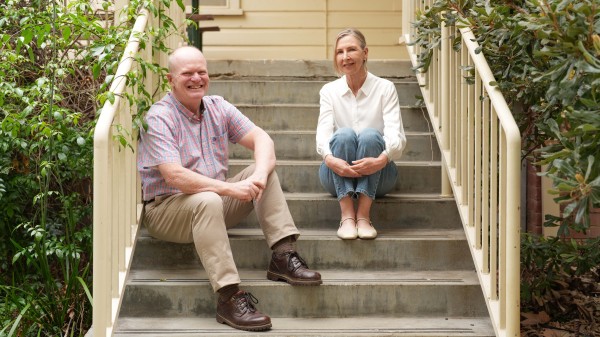Chromosome key to devil tumour
The Tasmanian Devil is going to be a good model for looking at some human cancers
Researchers have mapped the genome of the Tasmanian Devil for the first time, a crucial step towards understanding the transmissible facial tumours decimating Devil populations and related human cancers. The international team, led by Dr Janine Deakin of the Research School of Biology, compared the normal Tasmanian Devil genome to that of the Devils with facial tumours and found significant fragments of the chromosomes had been jumbled, like a jigsaw puzzle put together the wrong way.
The first case of devil facial tumour disease was recorded in 1996. While Devils can die from the cancer, thousands more have died through starvation, as the disease deforms their faces so severely that they can no longer eat. The aggressive carnivores contract the cancer through biting and jaw wrestling with affected Devils.
Deakin’s team found that, surprisingly, the Devil tumour is evolving very slowly and has changed very little since its emergence 15 years ago. "That’s really unusual for cancers because usually, for human cancers, evolution is rapid and the tumour will be completely different between the original tumour and its metastases," explains Deakin. "In this work we confirmed that the devil tumour is genetically very stable."
Researchers hope that by unlocking the secrets of this slowly evolving cancer they will understand not only the Devil tumour, but also the mechanisms of human cancers. "In humans, you are usually working with a rapidly evolving cancer and it’s hard to identify the important things because it’s all happening so fast," says Deakin. "The Devil is going to be a good model for looking at some human cancers because it is so stable - with everything happening slower we have a better chance of finding those things out."
The Tasmanian Devil has recently been listed as an endangered animal and it’s predicted to become extinct in 25-35 years unless a cure can be found.
The research is published in PLoS Genetics.








